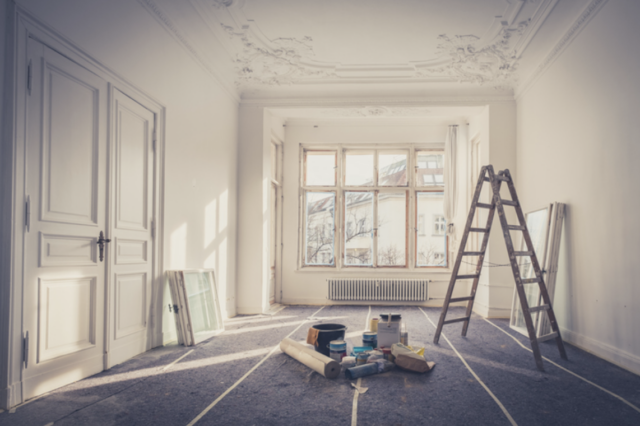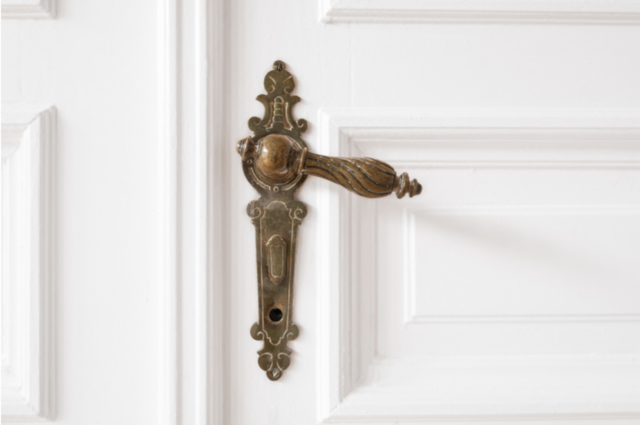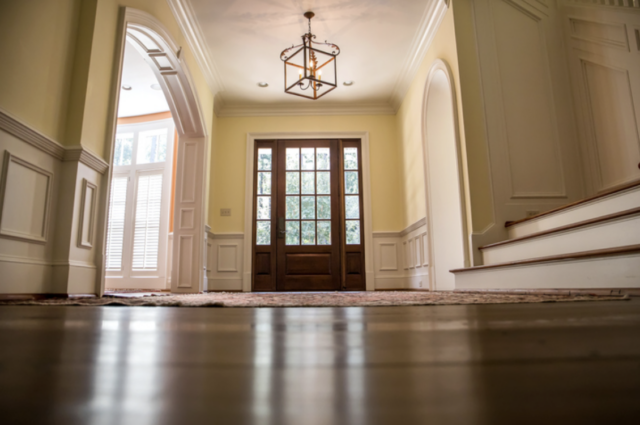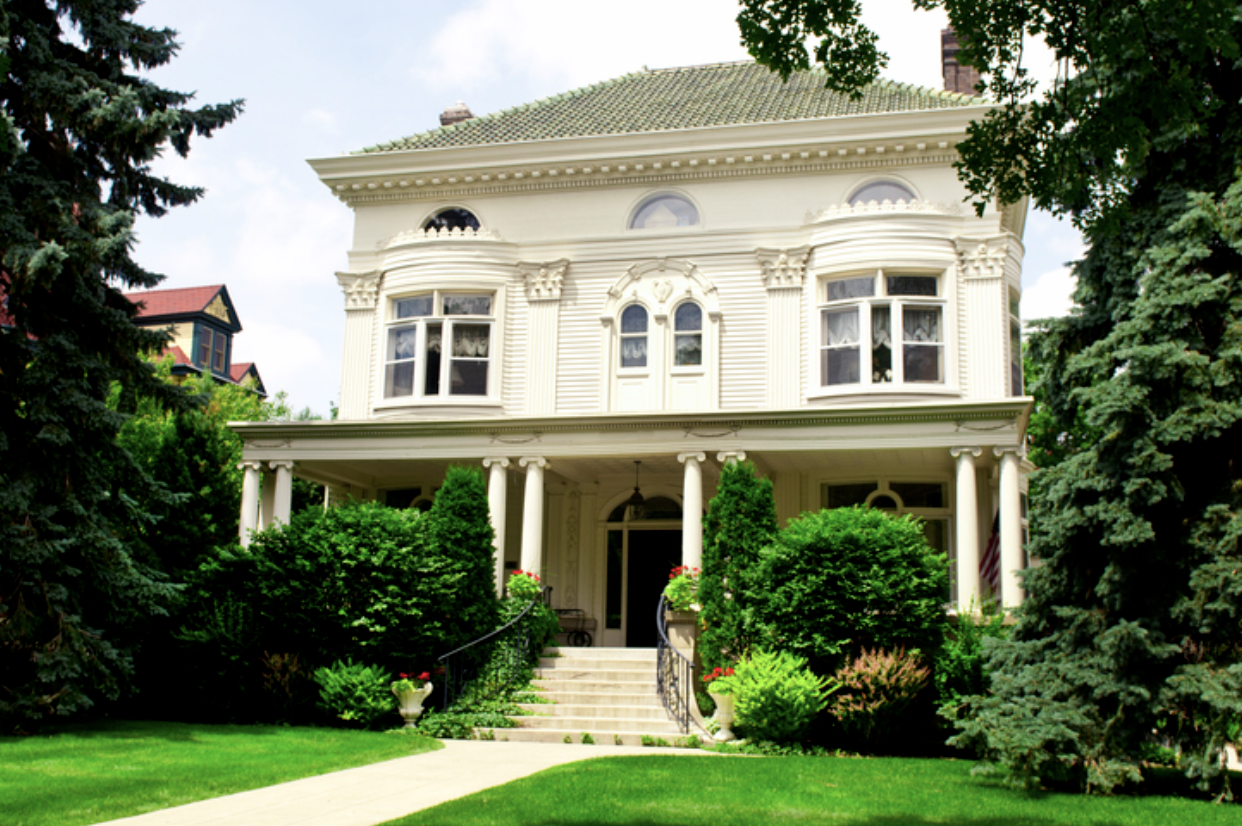Intro
Renovating historic homes requires a delicate balance between preserving their rich history and incorporating modern amenities. This is especially true for luxury homes, where the original elegance and character must be maintained while catering to the needs and desires of today’s homeowners. As a custom home builder with a passion for preserving history, I have encountered many unique challenges and learned valuable tips along the way. In this blog post, I will share my insights on renovating historic luxury homes and how to preserve their timeless charm successfully.
Understanding the Value and Charm of Historic Luxury Homes
When it comes to historic luxury homes, there is a certain allure that captivates homeowners and enthusiasts alike. These architectural treasures carry a rich history that transports us to a bygone era of elegance and sophistication. Understanding the value and charm of these homes is crucial in preserving their unique character and ensuring that their legacy lives on.
Historic luxury homes possess a timeless quality that simply cannot be replicated. From the intricate details in the moldings and woodwork to the soaring ceilings and grand staircases, these homes exude an unmatched sense of grandeur and opulence. Each room tells a story, with every architectural feature serving as a testament to the craftsmanship of a bygone era.
These homes also have a way of evoking a sense of nostalgia and connecting us to the past. They provide a glimpse into the lives of those who came before us, and their historical significance adds depth and intrigue to the overall experience of living in them.
Preserving the value and charm of historic luxury homes is not only important for their historical significance but also for their monetary value. These homes often appreciate over time, making them wise investments for homeowners who want to leave a lasting legacy.
Essential Steps in Preserving and Renovating Historic Luxury Homes

Preserving and renovating historic luxury homes requires careful planning and attention to detail. Here are some essential steps to help you successfully undertake this rewarding endeavor.
- Research and Documentation: Before starting any renovations, it’s crucial to thoroughly research the history and architectural style of your home. This will help guide your decision-making process and ensure that any changes you make are in line with the original design. Documenting the existing condition of the home through photographs and notes is also important for future reference.
- Assess Structural Integrity: Engage the services of a professional architect or structural engineer to assess the structural integrity of the home. This will help identify any underlying issues that need to be addressed before moving forward with renovations. It’s important to prioritize safety and stability when working with older homes.
- Develop a Preservation Plan: Create a preservation plan that outlines your goals and objectives for the renovation. This plan should include a detailed scope of work, timeline, and budget. It’s important to strike a balance between preserving the historic character of the home and incorporating modern amenities.
- Seek Necessary Approvals: Depending on the location and historical significance of your home, you may need to obtain approvals from local authorities or historical preservation organizations before making any changes. It’s important to understand and adhere to any guidelines or restrictions in place to protect the historical integrity of the property.
- Engage Skilled Professionals: When renovating a historic luxury home, it’s crucial to work with skilled professionals who have experience with historic preservation. Architects, contractors, and craftsmen who specialize in restoration work can help ensure that the renovation is carried out with the utmost care and attention to detail.
Dealing with Common Challenges in Restoring Historic Luxury Homes
Restoring a historic luxury home can be a labor of love, but it is not without its challenges. When undertaking a renovation project of this nature, there are several common challenges that homeowners may face. One of the main challenges is finding the balance between preserving the historical integrity of the home and incorporating modern amenities. It can be difficult to update the home without compromising its original charm and character.
Another challenge is sourcing materials that are consistent with the time period in which the home was built. This is particularly important when it comes to features such as moldings, woodwork, and hardware. Finding materials that match the original design can be a time-consuming and costly process.
Furthermore, older homes may have hidden structural issues that need to be addressed. This can include problems such as foundation issues, plumbing and electrical problems, or rotting wood. Dealing with these issues requires the expertise of professionals who specialize in historic preservation.
Lastly, obtaining necessary approvals and permits can also be a challenge. Depending on the location and historical significance of the home, there may be restrictions and guidelines in place that need to be followed. It’s important to research and understand the regulations in your area before beginning any renovation work.
Balancing Modern Comforts with Historical Integrity

When renovating a historic luxury home, one of the biggest challenges is finding the right balance between incorporating modern comforts and preserving the home’s historical integrity. It’s important to create a space that meets the needs and desires of today’s homeowners while maintaining the timeless charm and character of the home.
To achieve this balance, it’s essential to approach the renovation with a thoughtful and strategic mindset. Start by thoroughly researching the history and architectural style of your home. This will provide insight into the original design and guide your decision-making process. By understanding the unique features and elements that contribute to the home’s historical significance, you can ensure that any updates you make are in line with the original vision.
Another key factor in achieving a balance between modern comforts and historical integrity is working with skilled professionals who specialize in historic preservation. Architects, contractors, and craftsmen with experience in restoration work can provide valuable guidance and ensure that the renovation is carried out with care and attention to detail.
When it comes to incorporating modern amenities, it’s important to do so in a way that respects the original design. For example, if you’re updating the kitchen, consider using materials and finishes that are consistent with the time period in which the home was built. This will help maintain a sense of cohesiveness and ensure that the updates blend seamlessly with the rest of the home.
Additionally, it’s crucial to strike a balance between preserving the historical character of the home and integrating modern technology and conveniences. This can be done through discreetly hiding modern features, such as wiring and outlets, and incorporating smart home technology that seamlessly integrates with the overall design.
Wrapping Up: The Joys and Rewards of Preserving Historic Luxury Homes.

Preserving and renovating historic luxury homes is a labor of love that comes with its own set of challenges, but the joys and rewards make it all worthwhile. When you choose to preserve the timeless charm of these architectural treasures, you are not only creating a beautiful home, but also becoming a custodian of history.
The joy of living in a historic luxury home lies in the rich stories and connections it holds. Each room and architectural feature carries a piece of the past, inviting you to explore its secrets and experience a sense of depth and intrigue. The sense of pride that comes with preserving and living in a piece of history is truly unparalleled.
Furthermore, these homes offer unique opportunities to create a harmonious blend of old and new. By carefully balancing modern comforts and amenities with the historical integrity of the home, you can enhance its functionality while still maintaining its timeless charm and character.
In addition to the personal joys, preserving a historic luxury home can also be a wise investment. These homes often appreciate in value over time, ensuring that your investment will continue to grow while leaving a lasting legacy for future generations.









